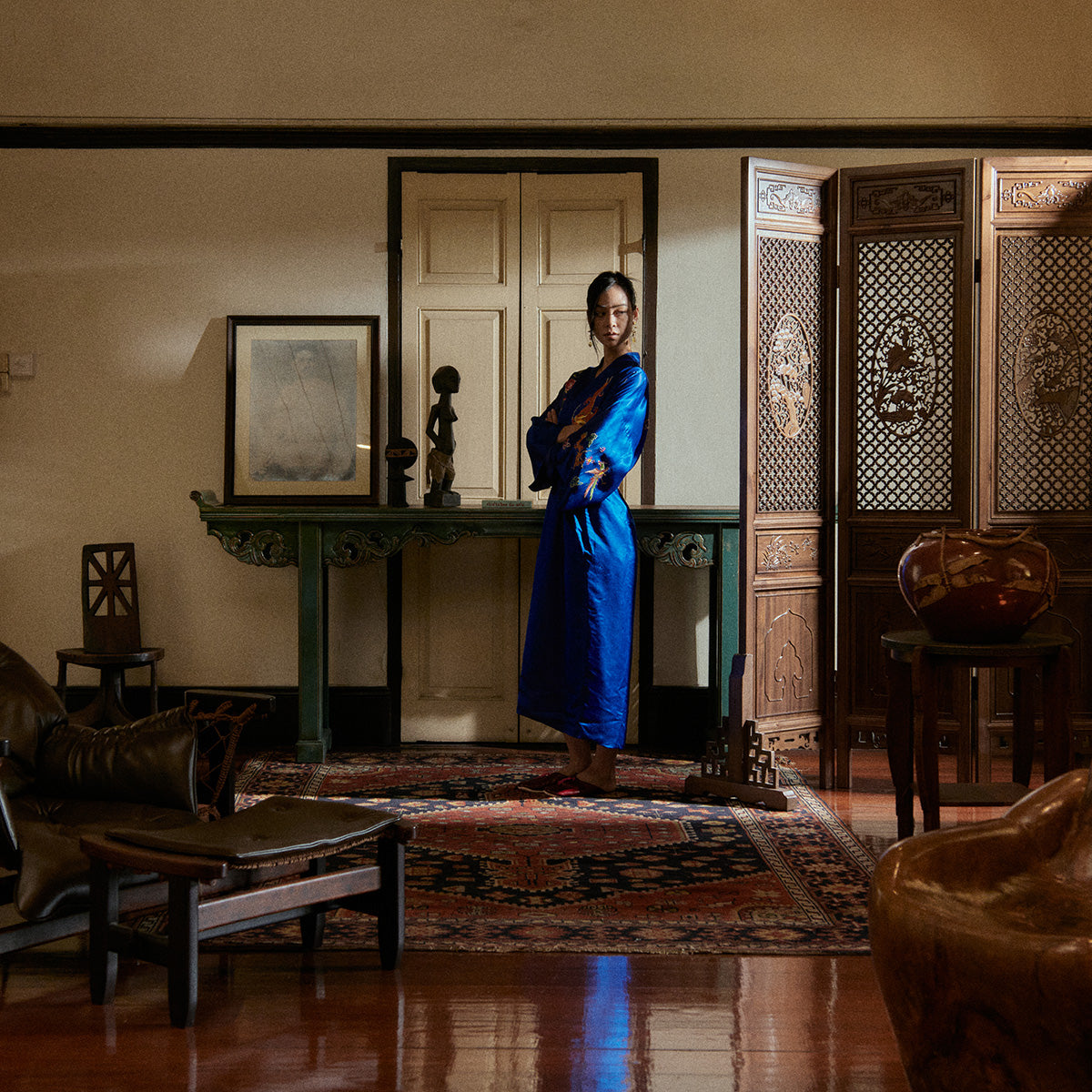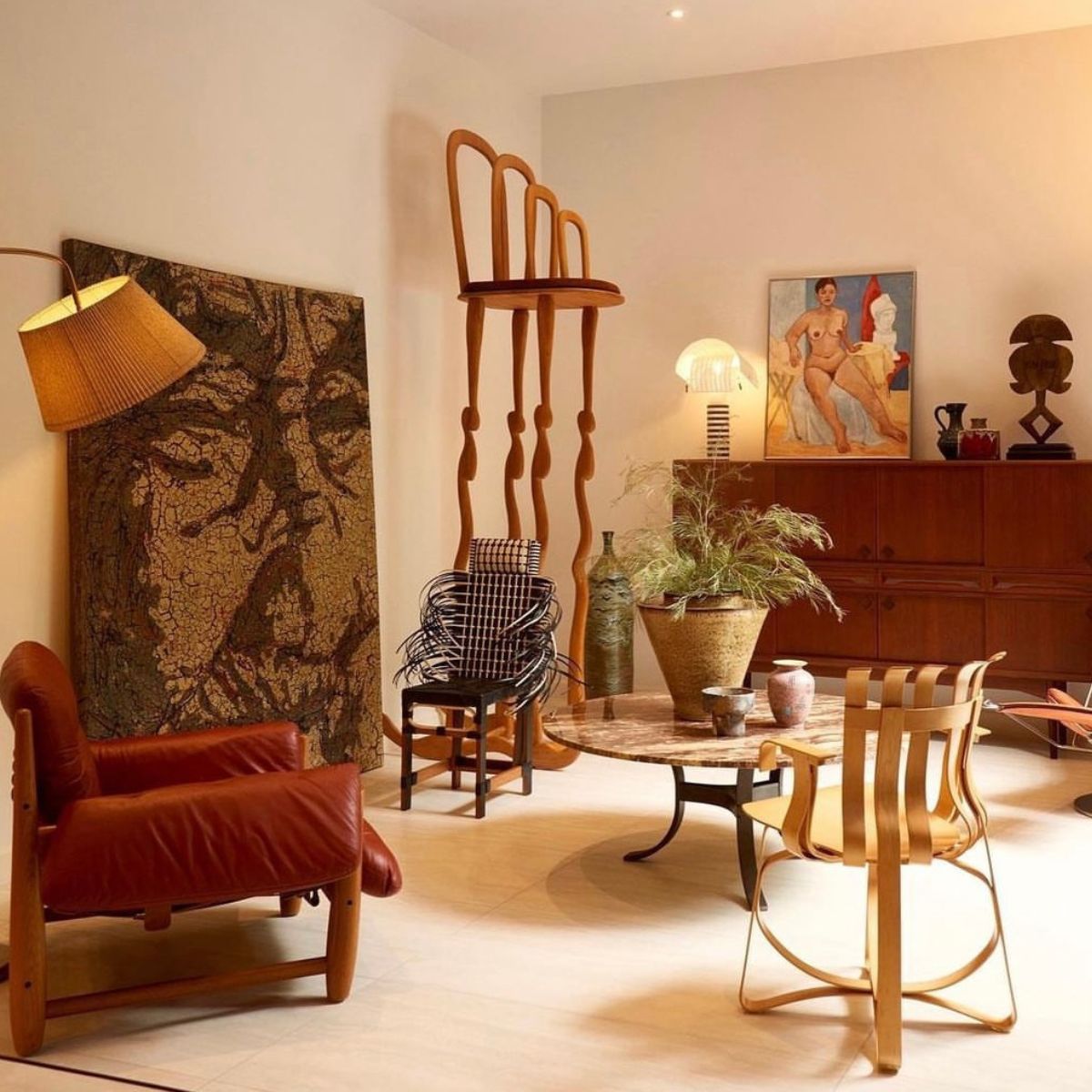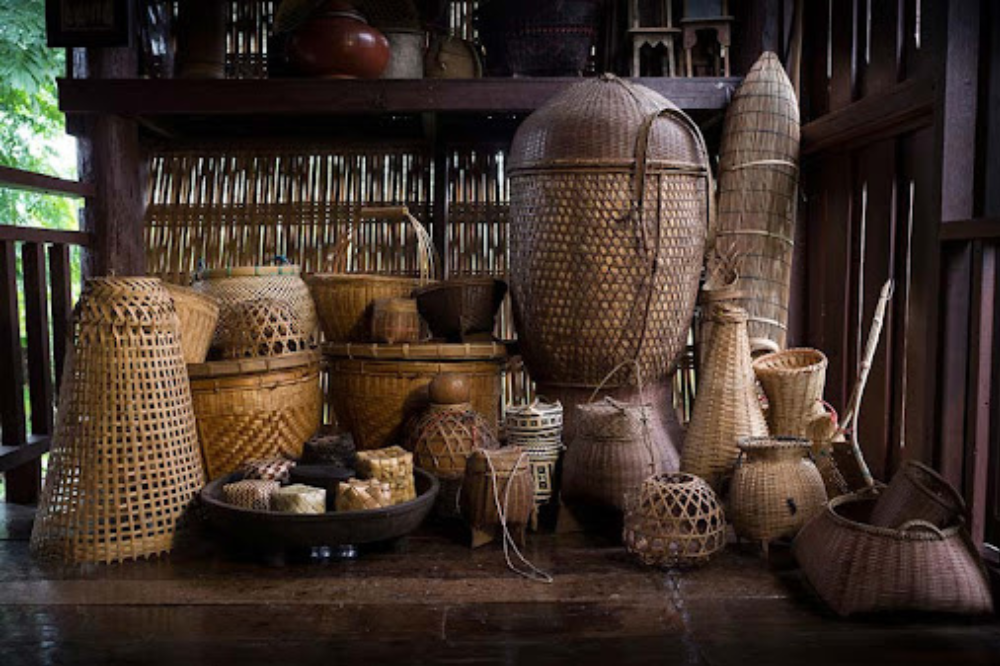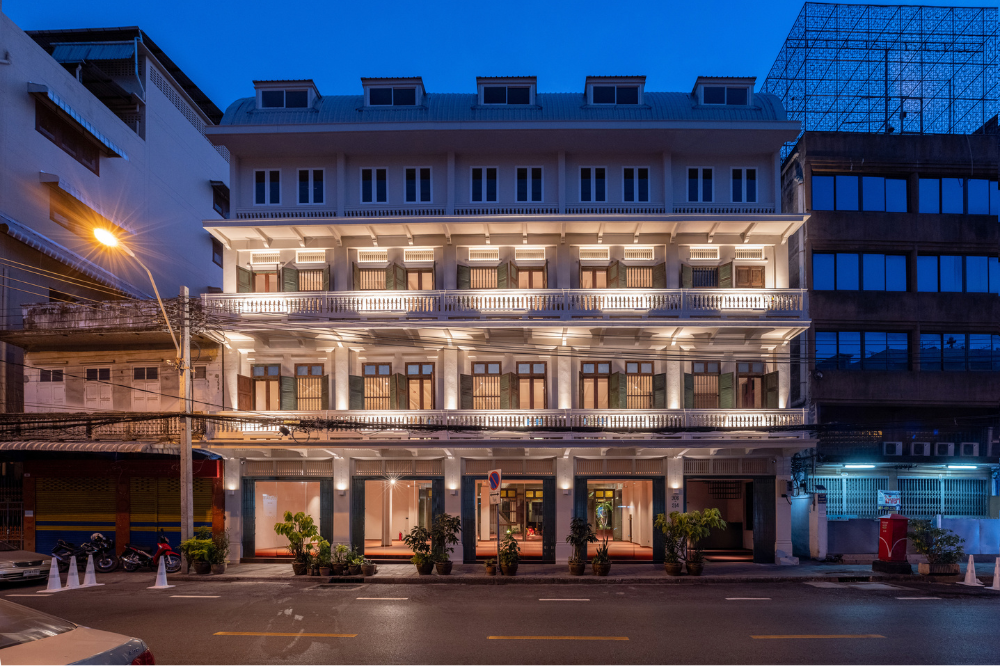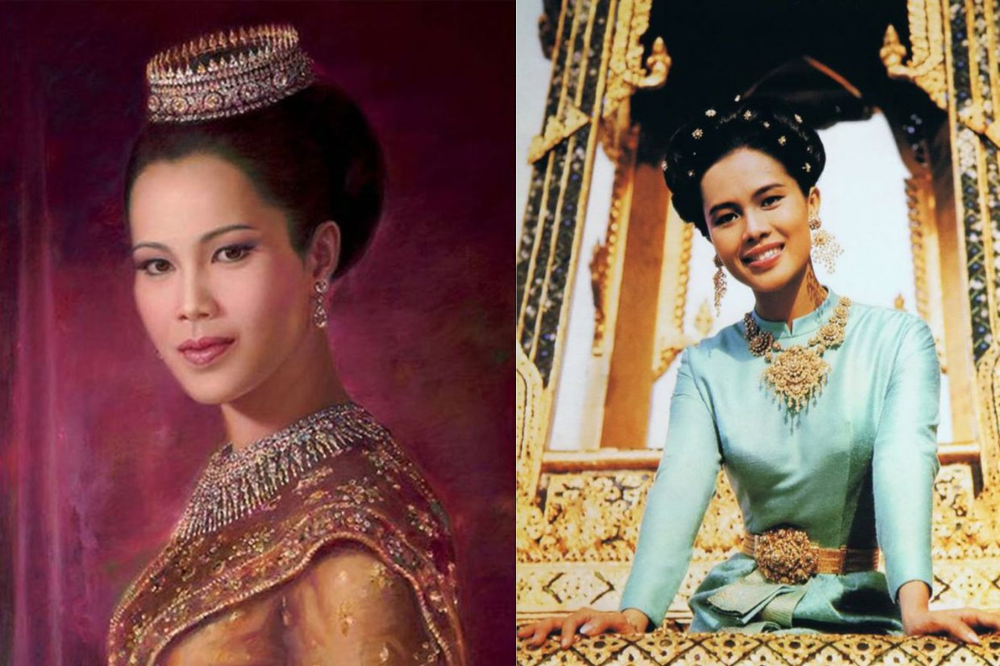Bamboo weaving has long been a pillar of Thai craftsmanship, valued for its utility, sustainability, and beauty. Traditionally used in rural life to create baskets, mats, fishing traps, and architectural elements, Thai bamboo weaving is more than just a technique—it is a cultural expression deeply rooted in community, environment, and identity. Today, this time-honoured craft is undergoing a renaissance, reinterpreted by contemporary artists and designers who are exploring its potential beyond the purely functional.

In villages across Thailand, especially in the north and northeast, bamboo weaving remains a living tradition. Passed down through generations, the techniques vary by region, often featuring distinct patterns and forms that reflect local needs and aesthetics. The knowledge is embedded in the hands of the makers, many of whom begin learning at a young age. For centuries, these weavings were crafted using only natural tools and materials—bamboo strips cut and dyed by hand, woven in intricate geometric designs, often with symbolic or spiritual significance.
What sets bamboo apart as a material is not just its abundance and renewability, but also its versatility. Lightweight yet strong, pliable yet resilient, bamboo lends itself to everything from basketry to large-scale architectural structures. In a world increasingly focused on sustainable practices, this ancient material is now finding new life in design studios, art installations, and luxury interiors.
Above Left: 1900s Chinese Chinoiserie Bamboo Antique Wedding Basket
Above Right: Chinese Bamboo Antique Kitchen Cabinet
Contemporary Thai designers are embracing bamboo weaving not just as a craft, but as a medium of artistic and cultural storytelling. One of the brands that celebrates the history of Thai craftsmanship is Paya. Deeply committed to blending traditional craftsmanship with contemporary aesthetics, Paya works closely with artisans in northern Thailand to preserve and evolve age-old weaving, dyeing, and textile design techniques. Their home decor collections are a reflection of cultural heritage reimagined—beautiful, functional pieces that also support sustainable livelihoods. Through their work, Paya empowers local communities and ensures that traditional crafts are not only maintained but adapted thoughtfully for today’s design landscape.

Above: A Collection of Bamboo Weave Laundy Basket
At the heart of this resurgence is a growing appreciation for slow, process-driven creation. In contrast to mass-produced decor, bamboo weaving invites a return to craftsmanship, patience, and tactility. It also supports rural economies, sustains cultural heritage, and promotes the use of local, low-impact materials.

Whether in the form of a handwoven pendant lamp, a contemporary basket, or an abstract decorative artwork, bamboo weaving in Thai design today represents a meaningful dialogue between past and present. It challenges the boundaries between craft and art, functional and decorative, traditional and innovative. And in doing so, it ensures that this centuries-old technique continues not just to survive, but to evolve and inspire.
Find more handcrafted items here: https://surroundliving.com/collections/thai
